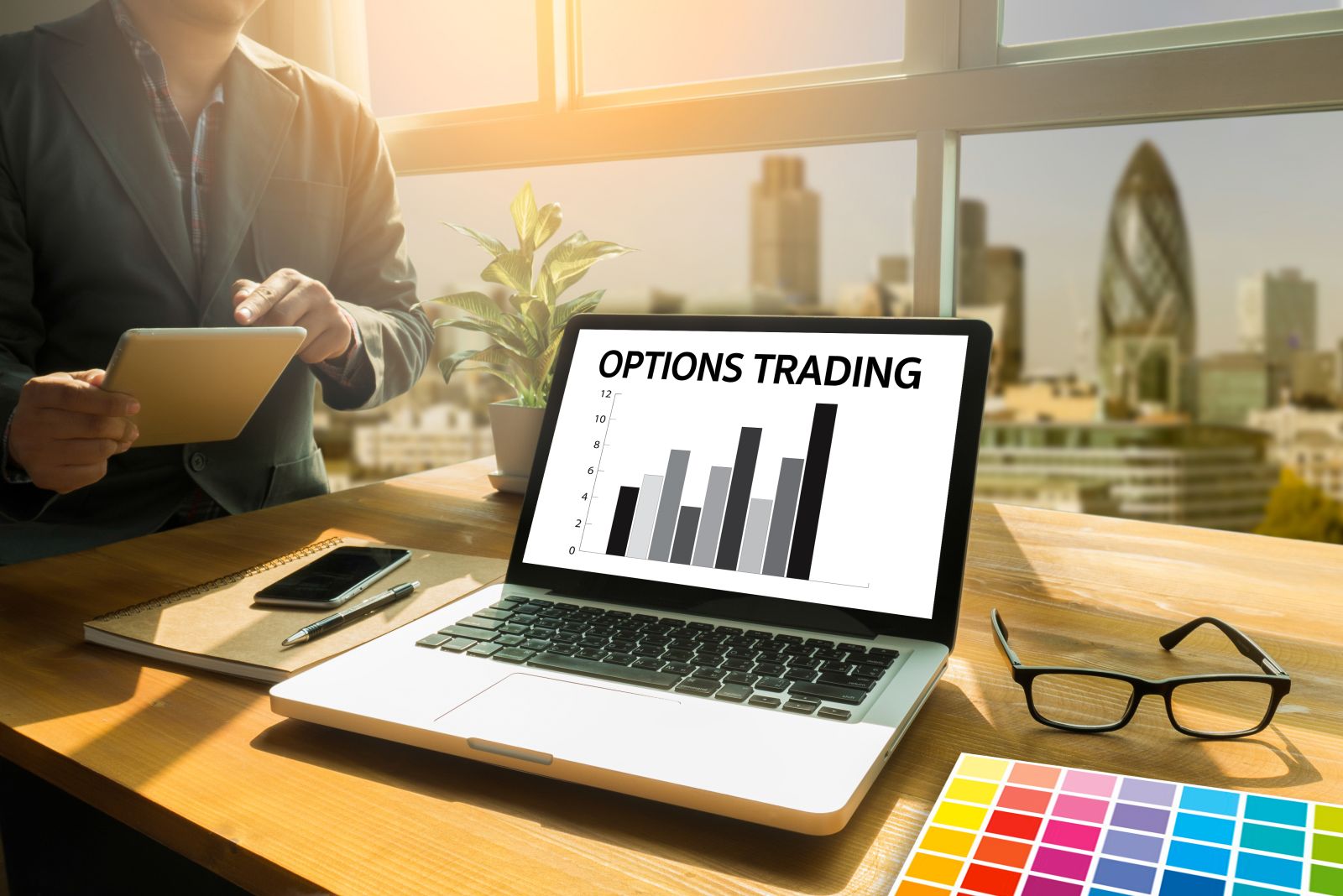
How much interest did your bank pay you last year?
Looking for a secure place to grow your savings? See our expert picks for the best FDIC-insured high-yield savings accounts available today - enjoy peace of mind with competitive rates.
If the answer's under $10…you might be using the wrong account setup.
The truth is, most people are leaving easy money on the table just because they haven't organized their bank accounts in a smart way. I used to be one of them. Now, my wife and I use a four-account system that keeps our spending, saving, and investing super clean.
And we earned $798 in interest last year. Here's our setup.
How our four-bank-account system works
Here are the bank accounts we use and how we divide our money between them:
- Two checking accounts: Wifey and I each have a personal checking account at big banks (Bank of America and Chase) where our paychecks get deposited. It's how we pay for groceries, bills, and everything in between. We try to keep minimal balances in these, because they earn almost zero interest.
- A high-yield savings account (HYSA): This is where our long-term savings and emergency funds are stashed. HYSAs earn way more interest than regular savings accounts. We use an online bank that pays nearly 10 times the national average. It's our biggest earner as far as interest goes.
- A money market account: This account is tied to our brokerage with Fidelity. We used to do a lot of real estate investing and stored money here for short periods. Money market accounts also earn a high yield, so they're great for parking cash. These days we don't keep much here, but it's really handy to move funds in and out of our investment accounts easily.
Here's how our money flows:
- First, paychecks land in our personal checking accounts.
- We have set up monthly auto-transfers that send savings directly to our high-yield savings and brokerage.
- All of our spending goes on credit cards (paid in full monthly), with payments pulled from checking.
It's simple, earns us interest, and keeps every dollar working.
Why you need at least one high-yield savings account
If you've got savings sitting in a basic checking account earning 0.01% interest, you're missing out on easy money.
A high-yield savings account (HYSA) pays significantly more and is FDIC insured for security. Today's top HYSAs are paying up to 4.40% APY. That means $10,000 could earn $440 in a year, compared to just $1 in a traditional account.
This is how my wife and I earned $798 in interest last year. We parked our $20,000 emergency fund in an online HYSA and watched the interest roll in month after month.
Not using an HYSA right now? It's time to put your dollars to work -- Compare all the top high-yield accounts today, and start earning that interest!
How many bank accounts do you actually need?
There's no "right" number of bank accounts. What matters more is how you use them, and where you keep your money.
At a minimum, I recommend having one checking and one high-yield savings account. The checking is for day-to-day activity and managing cash flow, and the HYSA is for building up your savings and earning solid interest.
From there, you can layer in more accounts as your financial goals grow. For example, more savings accounts for individual goals, sinking funds, or investing accounts for retirement savings.
There's no one-size-fits-all rule. But there is one rule I follow religiously: always put idle cash to work.
Want your money to work harder? Open a high-yield savings account and start earning up to 4.40% APY today.
Alert: highest cash back card we've seen now has 0% intro APR into 2026
This credit card is not just good – it's so exceptional that our experts use it personally. It features a 0% intro APR for 15 months, a cash back rate of up to 5%, and all somehow for no annual fee!
Click here to read our full review for free and apply in just 2 minutes.
We're firm believers in the Golden Rule, which is why editorial opinions are ours alone and have not been previously reviewed, approved, or endorsed by included advertisers. Motley Fool Money does not cover all offers on the market. Editorial content from Motley Fool Money is separate from The Motley Fool editorial content and is created by a different analyst team.Bank of America is an advertising partner of Motley Fool Money. JPMorgan Chase is an advertising partner of Motley Fool Money. Joel O'Leary has no position in any of the stocks mentioned. The Motley Fool has positions in and recommends Bank of America and JPMorgan Chase. The Motley Fool recommends Barclays Plc. The Motley Fool has a disclosure policy.







/NVIDIA%20Corp%20logo%20on%20phone-by%20Evolf%20via%20Shutterstock.jpg)